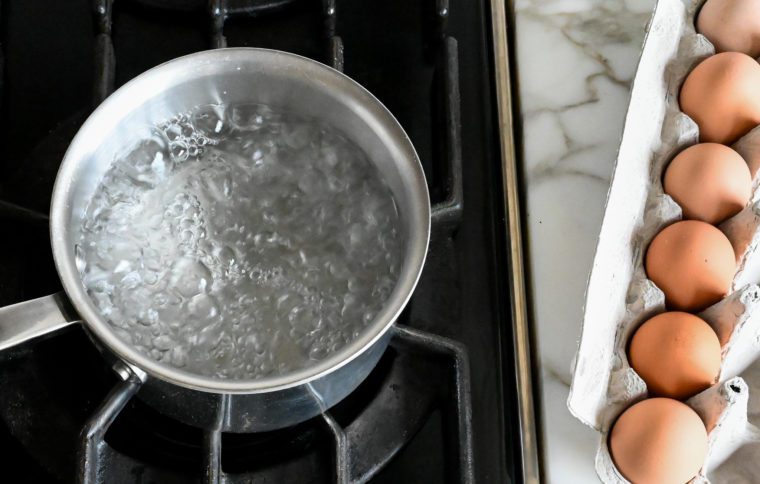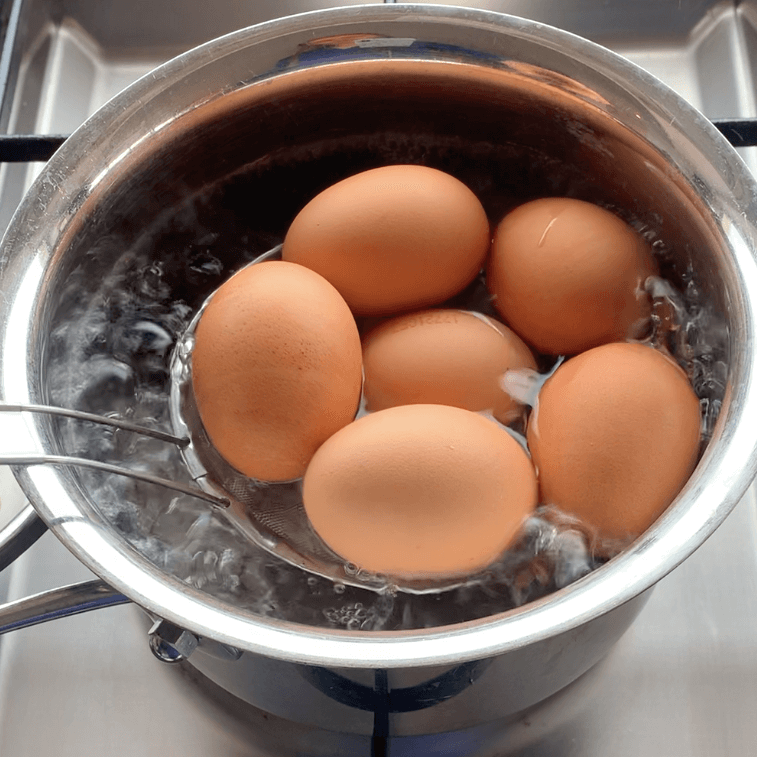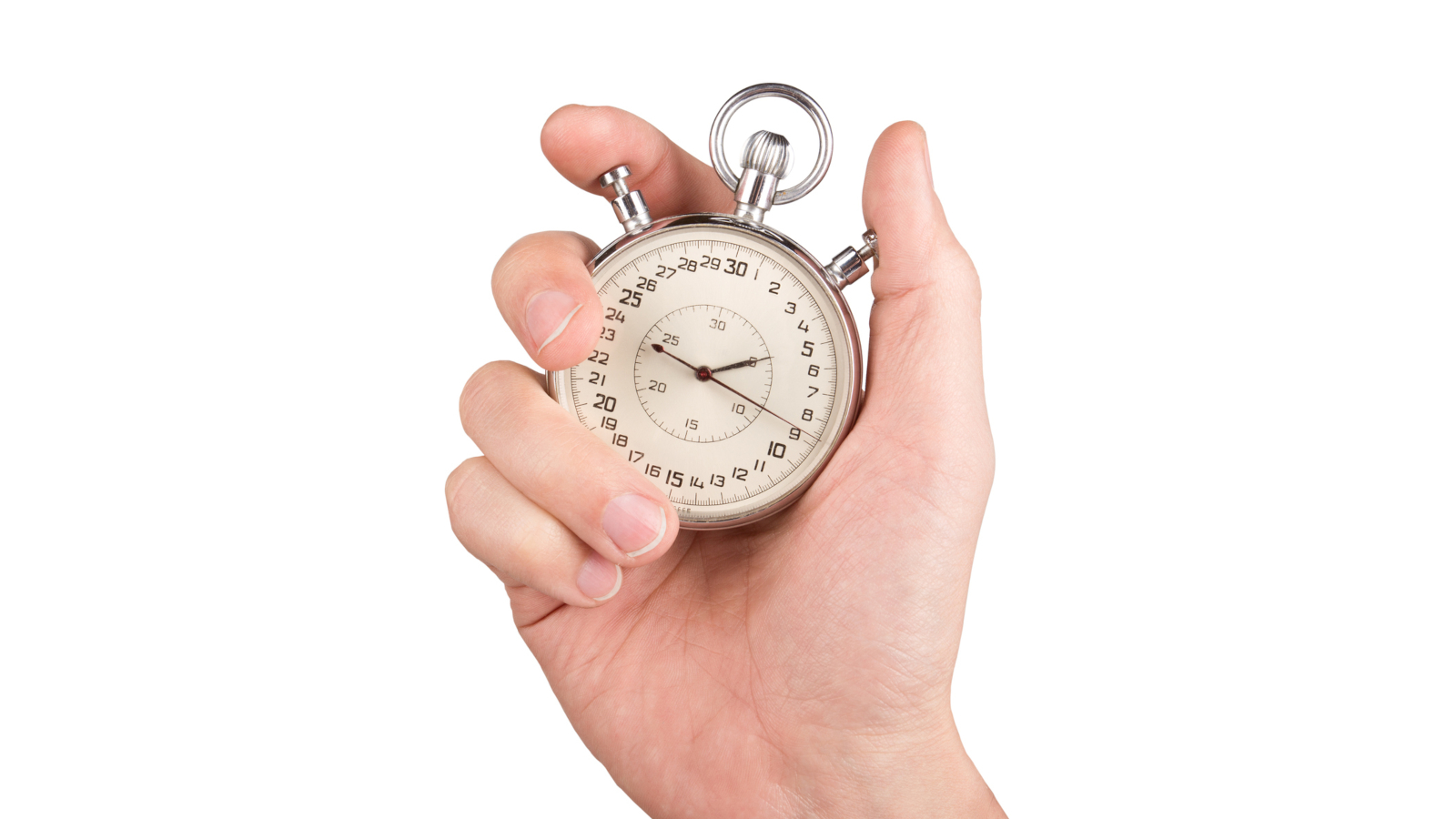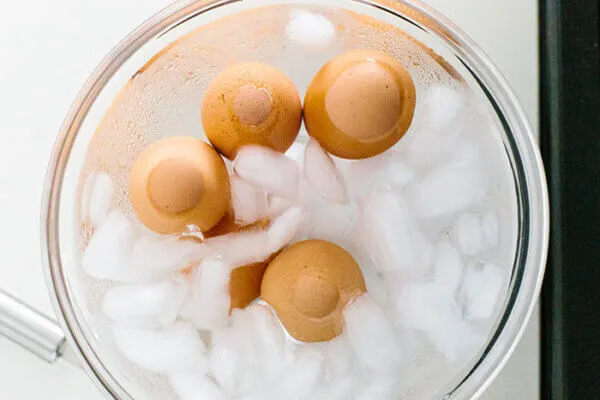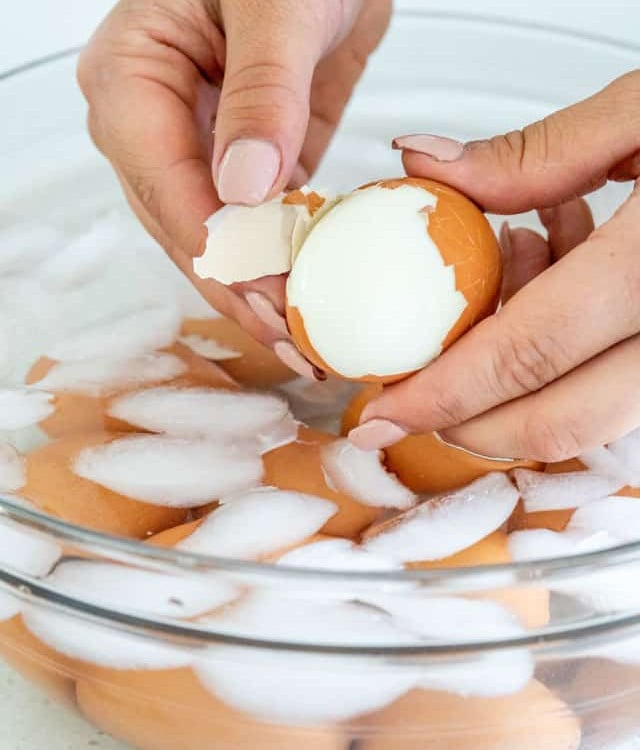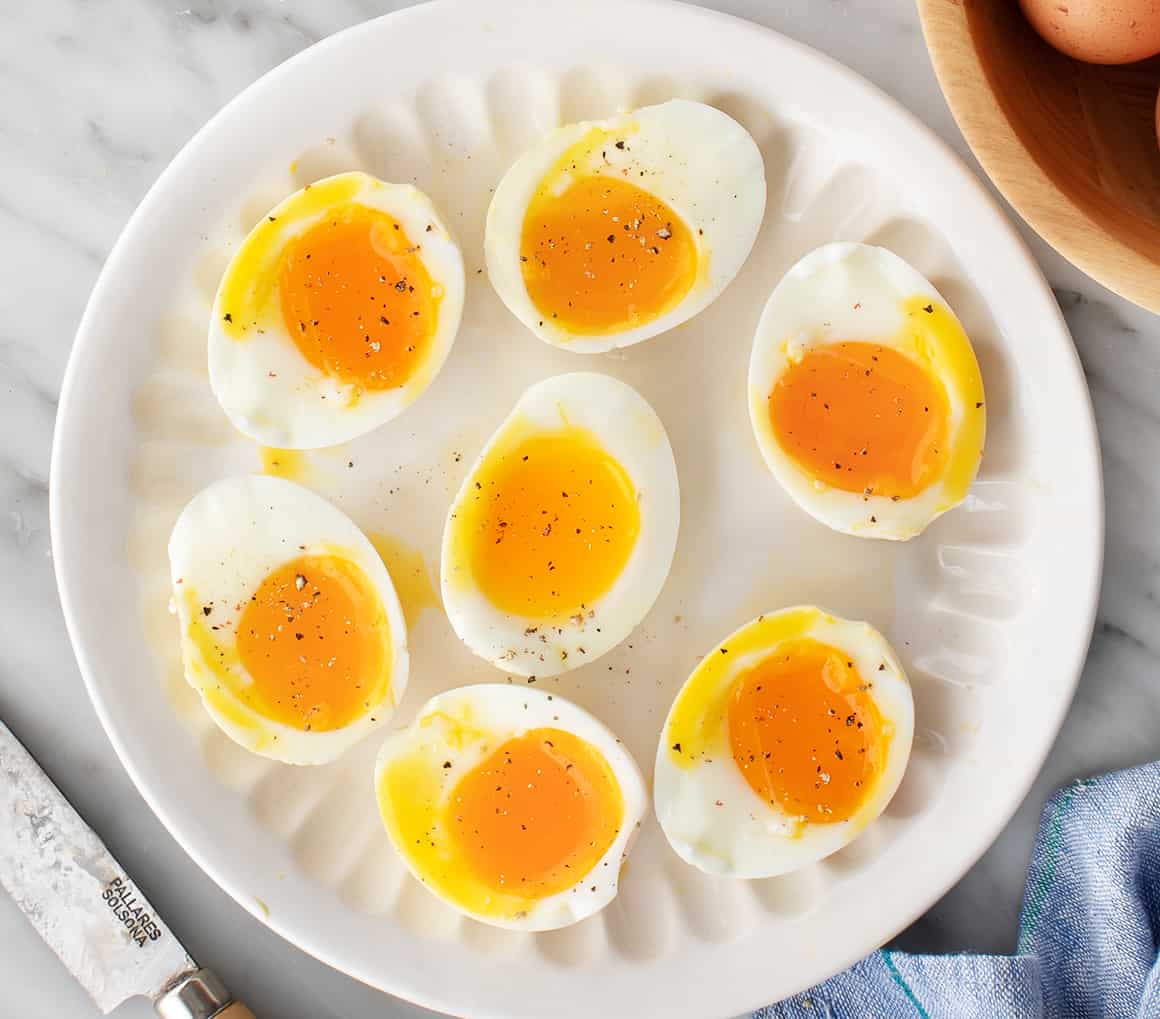
There’s something wonderfully satisfying about a perfectly soft-boiled egg. When done right, the whites are just firm enough to hold their shape, while the yolk is rich, creamy, and deliciously runny. Yet, achieving that perfect texture can be tricky; timing, egg freshness, and even water temperature can all impact the final result. This guide will take you through each step to ensure your soft-boiled eggs turn out flawlessly every time.
Why Perfect Soft-Boiled Eggs Are Tricky
Soft-boiled eggs are deceptively simple. They require precision and careful timing, as even a few seconds can make the difference between a runny yolk and a fully cooked one. Common issues people face include cracking during cooking, difficulty peeling, and inconsistent yolk texture.
Unlike hard-boiled eggs, where overcooking isn’t as noticeable, soft-boiled eggs require a balance of tender whites and liquid yolks. By understanding these small but important factors, you can overcome these challenges and master soft-boiled eggs.
Essential Factors For Consistently Perfect Soft-Boiled Eggs
1. Egg Freshness
Fresh eggs have firmer whites and are slightly more challenging to peel, while older eggs are easier to peel but may have a looser white. For soft-boiled eggs, slightly older eggs (about a week old) are often ideal. This balance provides a good texture for peeling while keeping the yolk rich and creamy.
2. Temperature Of The Eggs
Using eggs straight from the fridge or at room temperature affects cook time. Chilled eggs may need an extra 30 seconds to a minute to cook compared to room-temperature eggs. If you’re looking for precise consistency, bringing eggs to room temperature before cooking can yield more predictable results.
3.Water Temperature
Starting with boiling water gives you better control over timing. Adding eggs to already-boiling water starts the cooking process immediately, which ensures consistency. This method also helps reduce cooking time and makes it easier to monitor the exact doneness.
If you’re looking to make healthier choices in the kitchen, consider learning how to cook with less oil. This technique not only cuts down on added fats but also enhances the natural flavors of ingredients without overwhelming them.
Step-by-Step Guide
Perfecting soft-boiled eggs starts with a reliable process. Follow these steps carefully for foolproof results.
Step 1: Boil The Water
Fill a pot with enough water to fully cover the eggs by about an inch. Bring the water to a rolling boil over medium-high heat. Starting with boiling water, rather than cold, helps maintain consistent cooking times and reduces the chances of eggs cracking.
Step 2: Carefully Add The Eggs
Using a slotted spoon, gently lower each egg into the pot to prevent cracking. Be cautious as sudden temperature changes can lead to cracks, causing the whites to seep out. Placing eggs in gently ensures they remain intact and cook evenly.
Step 3: Set The Timer
Timing is everything for soft-boiled eggs. Here’s a general guide:
- 5 minutes: Runny yolk with set whites ideal for dipping.
- 6 minutes: Slightly thickened, creamy yolk.
- 7 minutes: Yolk starting to set with a jam-like texture.
Immediately set a timer for your preferred time once the eggs are in the pot. A precise timer is essential for consistent results, as just a few extra seconds can change the texture.
Step 4: Prepare An Ice Bath
While the eggs are cooking, fill a large bowl with ice water. This will serve as an ice bath to stop the cooking process immediately once the timer goes off. Stopping the cooking is crucial for maintaining the perfect yolk consistency and making the eggs easier to handle.
Step 5: Cool And Peel
Once your timer goes off, use a slotted spoon to transfer the eggs to the ice bath. Let them sit for about 2–3 minutes until they’re cool enough to handle. Gently tap each egg on a hard surface to crack the shell, then roll it to loosen the shell. Start peeling from the wider end, where there’s often an air pocket that makes peeling easier. If the shells are stubborn, peel them under a small stream of water to help separate the shell from the egg white.
For other meal prep tasks, you might also blanch vegetablesto keep them crisp and vibrant. Blanching is a quick cooking technique that preserves color, texture, and nutrients, making it ideal for preparing veggies ahead of time.
Troubleshooting Soft-Boiled Eggs
Perfect soft-boiled eggs require some finesse, but here are solutions to common problems.
Why Do Eggs Crack?
Eggs can crack if they’re added too quickly to boiling water. To avoid this, warm them up slightly by leaving them on the counter for a few minutes if they’re straight from the fridge and lower them slowly into the pot with a spoon. Avoid crowding the pot, as overcrowding increases the chances of eggs bumping into each other and cracking.
Difficulty Peeling
If peeling is a challenge, try using eggs that are slightly older, as they tend to peel more easily. Another trick is to peel eggs under running water or soak them briefly in cold water, which helps loosen the shell.
Overcooked Or Undercooked Yolks
Cooking times may vary depending on factors like egg size and altitude. If your yolks are overcooked, try reducing the cooking time by 10–15 seconds. For undercooked eggs, add a few extra seconds. Experimenting with timing will help you find the perfect balance for your desired consistency.
Serving Ideas And Recipe Pairings
Classic Pairings
Serve soft-boiled eggs on toast, with sliced avocado, or as part of a breakfast bowl. The creamy yolk pairs well with fresh, simple flavors, making it a favorite for breakfast or brunch. For those busy evenings, they can also be a quick addition to easy dinner recipes, adding both protein and richness without much prep time.
In Recipes
Soft-boiled eggs are perfect as a topping for ramen, adding a luxurious creaminess to soups, or served in grain bowls and salads. They add both flavor and visual appeal to a range of dishes.
Storage Tips
If you want to save soft-boiled eggs for later, refrigerate them in their shells and consume within two days. To reheat, place them in hot (not boiling) water for about a minute to warm slightly without cooking further.
FAQs
How Long Do Soft-boiled Eggs Last?
Soft-boiled eggs can be stored in the refrigerator for up to 2 days. Keep them in their shells to preserve freshness.
What’s The Best Method For Peeling Soft-boiled Eggs?
Peeling under running water or soaking in cold water makes it easier. Starting from the wider end where the air pocket is located can also help.
Do I Need To Use Room Temperature Eggs?
Room temperature eggs provide a more consistent cooking result, but chilled eggs work too. Just add an extra 30 seconds to the cook time for chilled eggs.
Can I Reheat Soft-boiled Eggs?
Yes, you can reheat soft-boiled eggs by placing them in hot water for about 1 minute, but avoid boiling as it will further cook the yolk.
What’s The Difference Between Soft-boiled And Poached Eggs?
Soft-boiled eggs are cooked in the shell and have a firm white and creamy yolk. Poached eggs are cooked without the shell and have a fully runny yolk with a delicate, set white.
Final Thoughts
Mastering the art of cooking perfect soft-boiled eggs brings a deliciously rich and creamy texture to your meals. With these simple steps and precise timing, you’ll enjoy eggs that are as visually appealing as they are delicious. Take your time experimenting with different cook times and serving styles to find your perfect soft-boiled egg.
